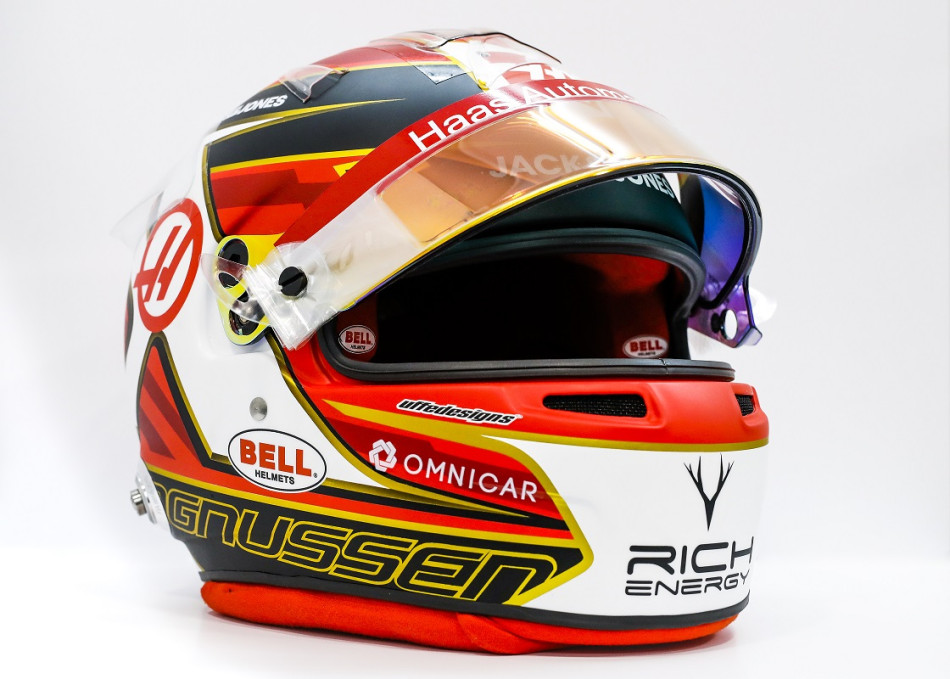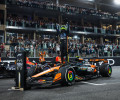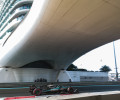Ultra-Protective Helmet Based on New FIA Standard Makes F1 Debut
Helmets based on new FIA standard are mandatory for 2019 championship

The next generation of ultra-protective helmets, based on the FIA’s new top-level helmet standard, have made their debut at F1 pre-season testing.
These new helmets offer a number of safety benefits, including advanced ballistic protection, increased energy absorption and an extended area of protection for drivers.
This follows over a decade of research to create the most stringent standards so far for helmet manufacturers to meet to further increase safety. Throughout this process, FIA researchers worked closely with F1 helmet manufacturers such as Stilo and Bell Racing, who have now produced helmets based on the new standard.
Called FIA 8860-2018, this standard outlines the construction and testing requirements that the helmet manufacturers must achieve to provide equipment for the FIA’s top series. Tests that the new helmets must undergo include a 225g metal disc fired at 250km/h; a 10kg weight falling five metres; an air rifle shot directly at the visor; and exposure to a 790°C flame.
As is often the case with safety research, this project has been driven by specific accidents such as at the 2009 Hungarian Grand Prix where a loose spring hit Felipe Massa’s helmet. This is one of the reasons for the most noticeable change – the visor opening being lowered to incorporate increased ballistic protection in the frontal area.
The standard is mandatory in Formula One this season and will become so for other championships soon.
Adam Baker, FIA Safety Director, said: “It is important that we continually strive to improve safety in all areas of motorsport. Helmets based on the previous standard already offered a high level of protection but we have taken them to the next level with a helmet that will be used in top-level motorsport for many years to come.”
Changes based on the new standard include:
- Top of visor opening lowered by 10mm to incorporate advanced ballistic protection that achieves unprecedented levels of safety during impact from debris.
- Extended areas of protection on sides to offer compatibility with latest single-seater headrests and closed car seat-side head protection systems, ensuring energy management is exactly where headrests are positioned.
- Helmet shell construction using advanced composite materials to ensure it is not only tough but also resistant to crushing and penetration.
- Test methods include variable crash speeds to account for different accidents and a range of weights to account for different mass headforms.
Click here to download high-res images
ABOUT FIA
The Federation Internationale de l’Automobile is the governing body of world motor sport and the federation of the world’s leading motoring organisations. Founded in 1904, it brings together 240 national motoring and sporting organisations from more than 135 countries, representing millions of motorists worldwide. In motor sport, it administers the rules and regulations for all international four-wheel sport, including the FIA Formula One World Championship and FIA World Rally Championship.

 Facebook
Facebook Twitter
Twitter






